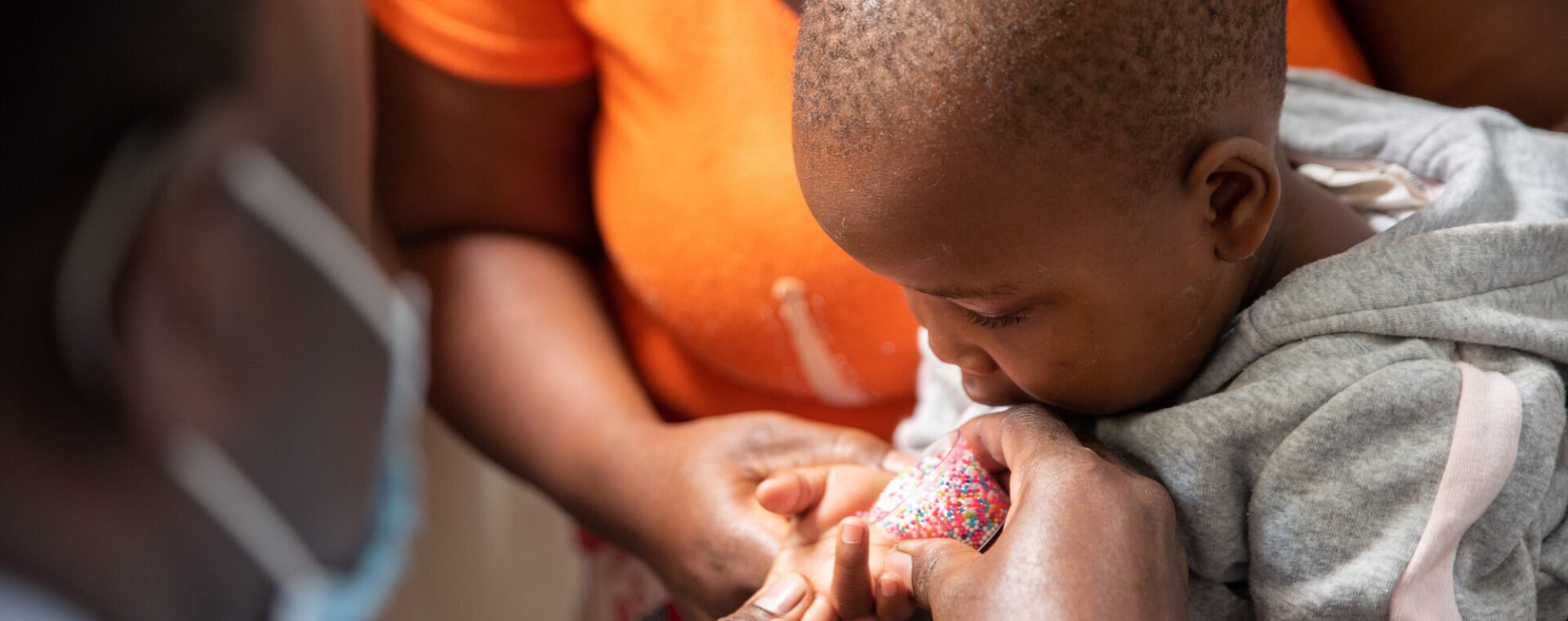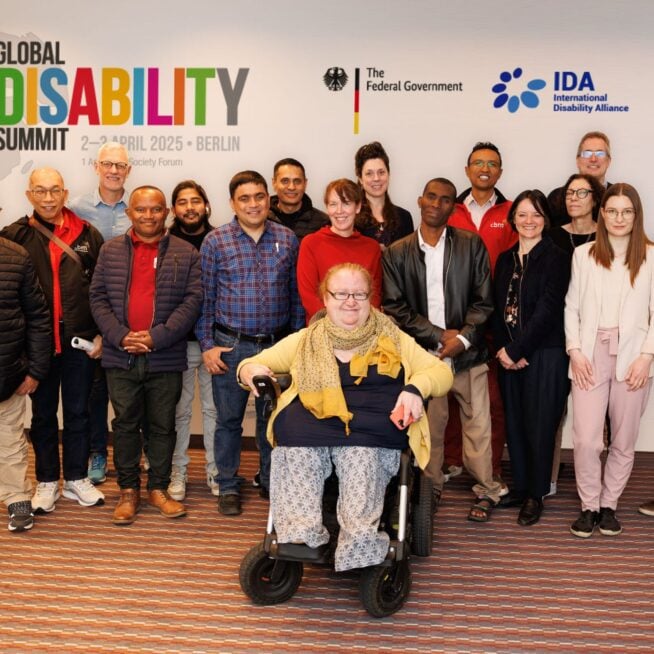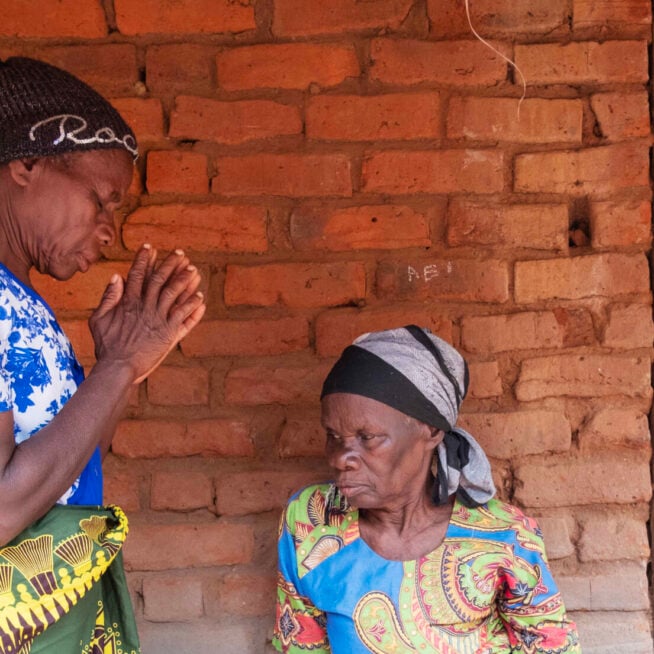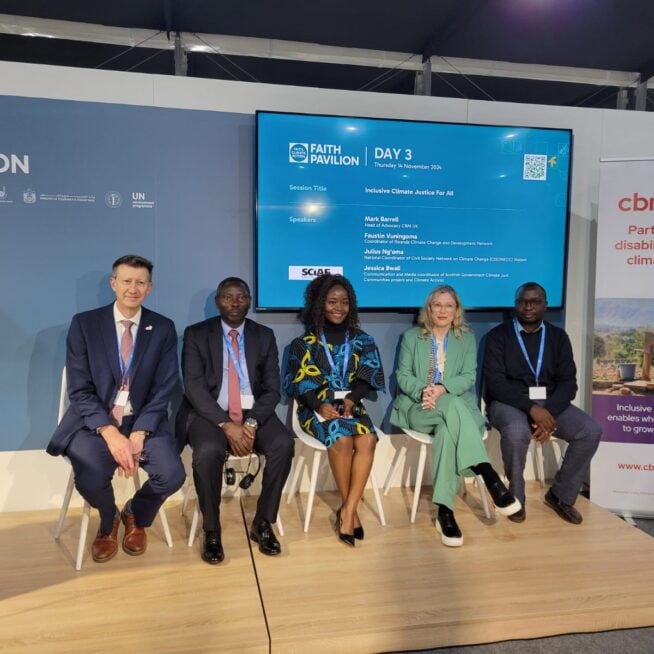Want to transform lives with us? Stay in touch and hear about our news, activities and appeals by email!
Promoting inclusion in the workplace – a case study from Bangladesh
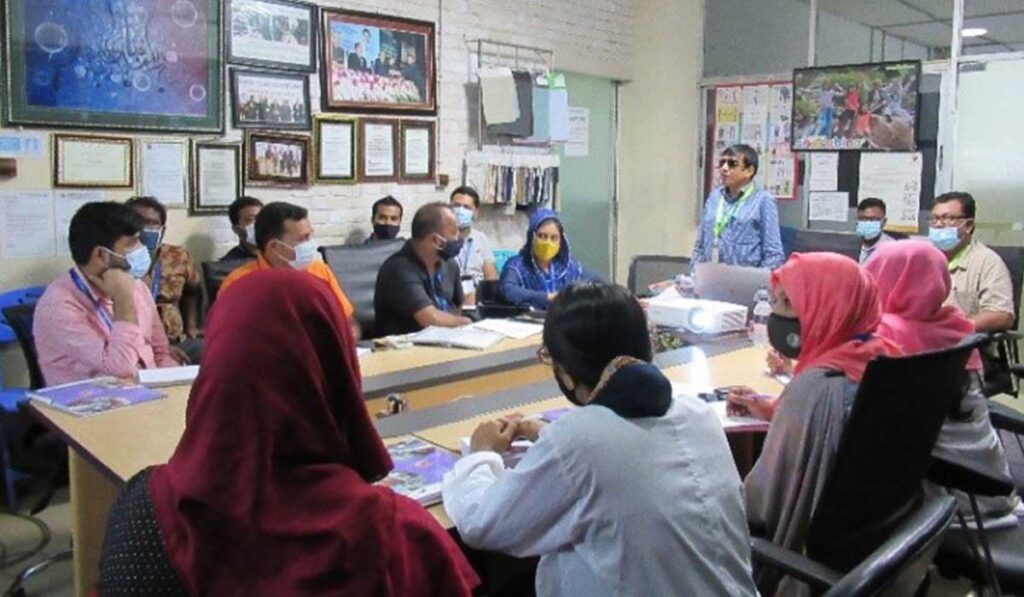
People with disabilities in low-and middle-income countries often find it difficult to earn a living because they can’t access education or training and face stigma and discrimination from employers. But pioneering organisations like Shin Shin Apparel in Bangladesh are showing the benefits of a proactive approach to disability inclusion and helping to inspire other organisations to be more inclusive.
A success story: Shin Shin Apparel
Shin Shin Apparel has set itself a target of having 5% of its workforce comprised of person with disabilities. Disability inclusion is now a core value. Today, Shin Shin Apparel plays a leadership role in disability inclusion in the workplace in Bangladesh and hopes to inspire other companies.
In 2019, to understand how to improve its inclusion of people with disabilities into the workforce, Shin Shin Apparel entered in to a partnership with the Centre for Disability in Development (CDD), as part of the i2i project.
CBM is part of a consortium, led by Leonard Cheshire Disability, delivering the Innovation to Inclusion (i2i) programme to help 10,000 women and men to access employment in Kenya and Bangladesh. This 3-year programme aims to develop, test, validate, and share learning from interventions that will directly improve access to waged employment in the private sector for women and men with disabilities in Kenya and Bangladesh, and demonstrate the potential for change by identifying the most successful interventions that strengthen the disability ecosystem.
We’re working with local Organisations for People with Disabilities, the Association for the Physically Disabled Kenya (APDK) in Kenya and the Centre for Disability in Development (CDD) in Bangladesh, to promote inclusion in the workplace.
In collaboration with Organisations of People with Disabilities (OPDs), and with technical input from Plan International, CDD carried out an accessibility and gender inclusion assessment for Shin Shin Apparel, to determine how inclusive the company’s infrastructure, IT and communications, human resources and policies were for men and women with disabilities, and where improvement was needed.
Based on the assessment findings, CDD worked with Shin Shin Apparel to develop an action plan to make the workplace more inclusive. CDD also provided training for HR staff on disability and gender inclusion, safeguarding, health and safety and accessible and inclusive workplace arrangements to help Shin Shin Apparel staff to understand the steps towards disability and gender inclusion. CDD then provided mentoring and follow up support meetings and trainings to check up on progress against the action plan and conduct additional capacity building for various staff.
Following development of the action plan, Shin Shin Apparel has provided a variety of accommodations for employees with disabilities based on individual needs. This includes providing extra rest time, adapted chairs, adjustable desks and adapted equipment. They have constructed special ramps with railings to improve access to buildings, and are in the process of installing accessible toilets with proper signage and updating their website to be more accessible. The company has also developed a return to work policy for employees who are returning after absence due to a health condition.
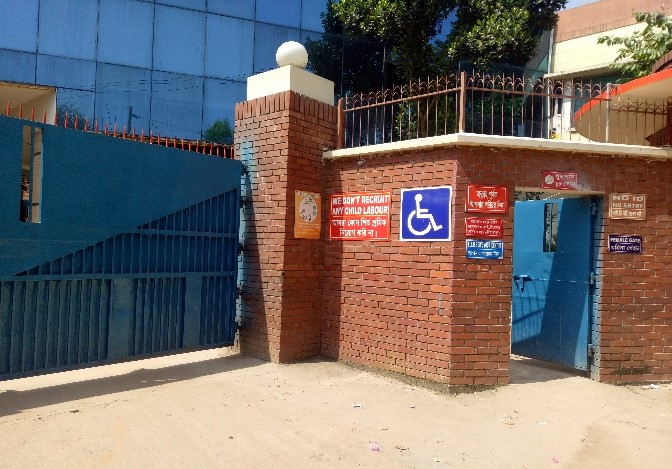
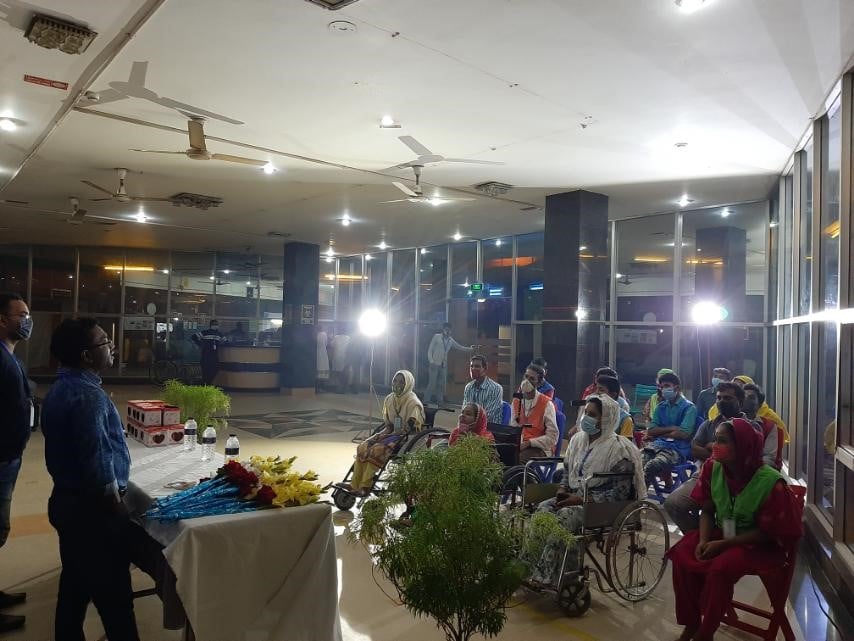
Shin Shin Apparel is rolling out a plan to make its entire workforce aware of its inclusion and diversity policies by making training on them a part of the orientation package for new employees, and has assigned a focal person for disability inclusion.
Key learnings for employers
Based on their own experiences, Shin Shin Apparel encourages other companies to replicate their programme and general approach to disability inclusion, offering the following advice:
- Building an inclusive organisation is a process: employing persons with disabilities requires more than educating employers; it also requires changes in policies, facilities and attitudes within the organisation – which is a process that takes time.
- Management commitment makes a difference: engaging leadership in disability inclusion is vital. Disability inclusion is an issue that needs to be dealt with at the core of the organisation and this can only happen if leadership is informed and committed.
- Learning from others can save time and money: Exchanging experiences and adopting practical solutions from others companies often saves time and money.
Find out more about the i2i programme (open in new tab).
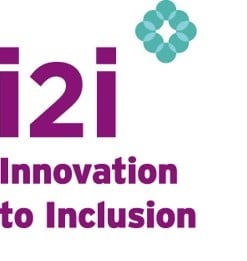
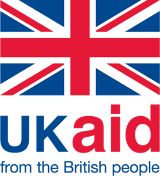
Images: 1st – Training for Shi Shin Apparel employees on disability inclusion, with CDD. 2nd – Shin Shin Apparel’s accessible entrance for employees with disabilities. 3rd – Shin Shin Apparel employees celebrating International Day for Persons with Disabilities.
